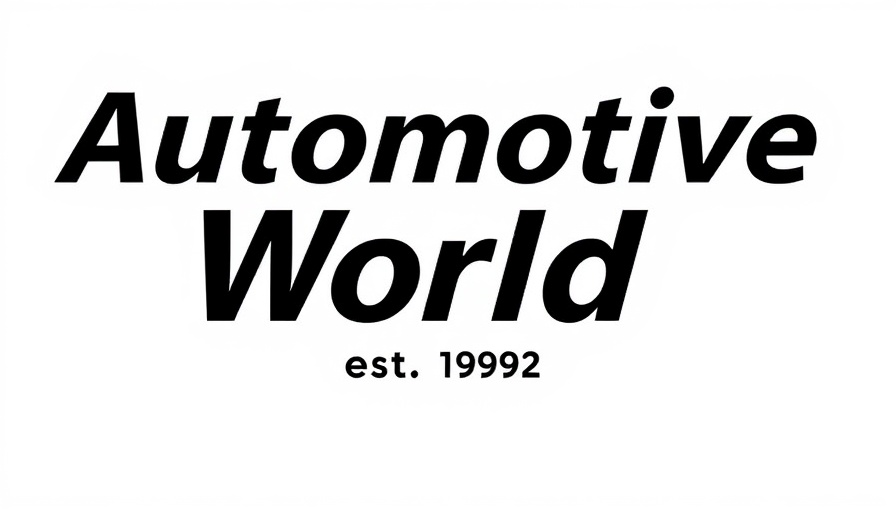
Understanding the Impact of Toxic Leadership in Dealerships
Toxic leaders can be detrimental to team dynamics, especially in high-pressure environments like car dealerships. Their presence can create a toxic culture that stifles growth, negatively affects employee morale, and impacts customer satisfaction. Recognizing the importance of addressing this issue is crucial for any dealership aiming for success.
Strategies to Transform Toxic Leadership
Implementing a turnaround strategy for toxic leaders involves structured conversations and actionable insights. The following five strategies are essential for dealership managers seeking to foster a healthier work environment.
1. Get Your Head Right
Engaging in discussions with toxic leaders requires a calm and focused approach. Leaders in dealership environments must prioritize the collective good over personal grievances. Before the conversation, examine your intentions and be dedicated to improving the team dynamics. A mindset that embraces the greater good can help guide discussions to be constructive rather than combative.
2. Name the Gap
Vague complaints lead to ineffective resolutions. Dealership managers must identify specific behaviors that undermine the team's effectiveness. Phrasing remarks such as, "I’ve noticed a lack of initiative that impacts our sales goals," can illuminate areas for improvement and set the stage for meaningful dialogue.
3. Create a Leadership Moment
Rather than framing conversations as punitive, leaders should present them as opportunities for personal and professional growth. Statements like, "You have the ability to significantly impact our team’s performance; we need your energy and commitment," can inspire positive behavior changes and encourage engagement with the team.
4. Expect Ownership
Encouraging toxic leaders to take ownership of their actions is vital. Asking, "What steps can you take to support the team during busy sales periods?" shifts the focus from blame to accountability, thus fostering a culture of responsibility rather than defensiveness.
5. End with Direction
Conversations should conclude with clear, specific action items. For instance, setting a challenge like, "I want to see you actively lead our next sales training, taking initiative without waiting for instruction," can leave no room for ambiguity, driving accountability and clarity.
The Importance of Direct Conversations
Addressing toxic leadership isn't just about correcting negative behavior; it’s about cultivating a culture that thrives on teamwork and positivity. For dealership managers, the goal of these conversations should not simply be to alleviate discomfort but to enhance leadership effectiveness and team cohesion.
Moving Forward: Implementing Change
As managers and leaders in dealerships confront toxic behaviors within their ranks, they must remain committed to not just managing these individuals but also transforming them into assets for their teams. It takes courage and resolve to engage effectively with toxic leaders, ensuring that all team members contribute toward collective success.
Effective leadership is proven through the capacity to inspire change. By adopting these approaches, dealership managers can create vibrant working environments that prioritize team development and customer satisfaction, ultimately leading to increased sales and operational success.
 Add Row
Add Row  Add
Add 

 Add Row
Add Row  Add Element
Add Element 




Write A Comment